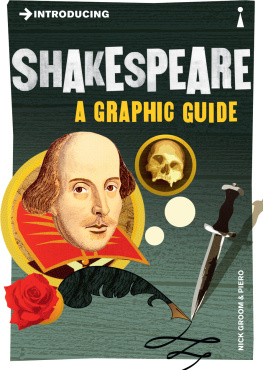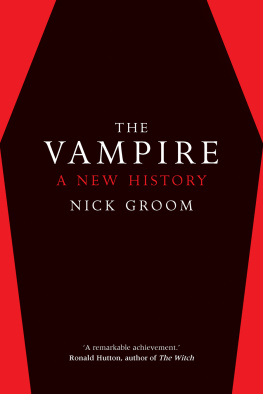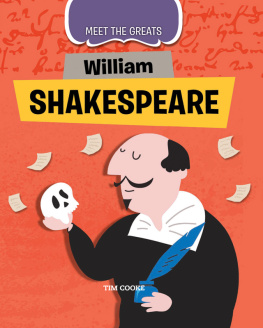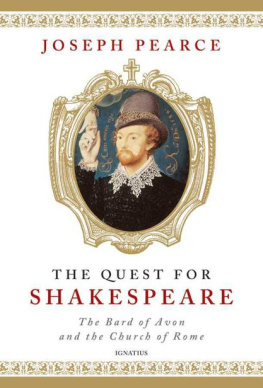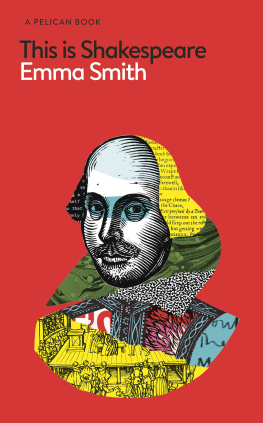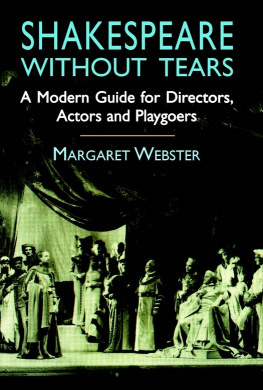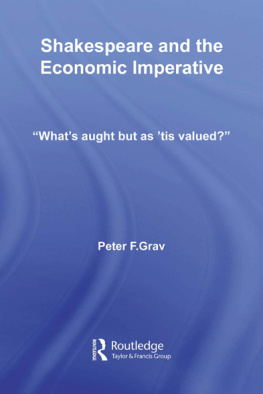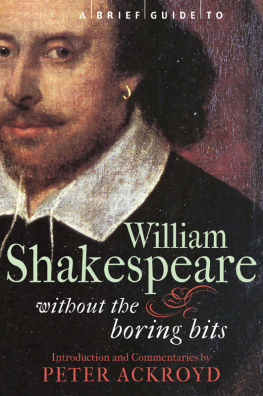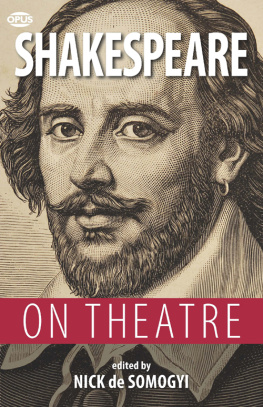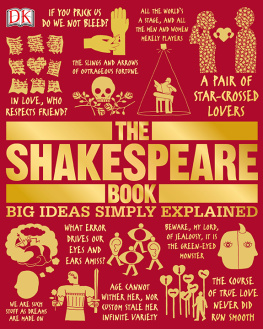Acknowledgements
The author would like to thank Richard Appignanesi, Jeffrey Kahan, Beth Kaye and Marina Warner, and dedicates this book to his family.
The illustrator would like to thank Richard Appignanesi and Oscar and dedicates this book to his parents, sisters and Silvina.
Many Introducing Graphic Guides are now available in ebook format - including the titles below. Check in at introducingbooks.com/ebooks/ to keep up to date with more titles as they are published in ebook format.
9781848312104 - Introducing Psychoanalysis
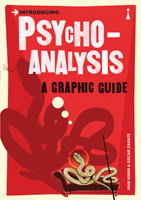
9781848310865 - Introducing Wittgenstein
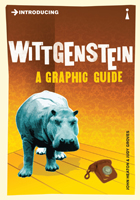
9781848311688 - Introducing Anthropology
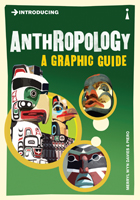
9781848312036 - Introducing Political Philosophy
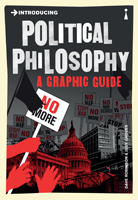
9781848311855 - Introducing Semiotics
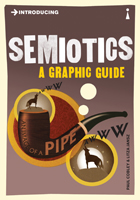
9781848311831 - Introducing Lacan
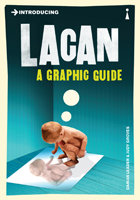
9781848311145 - Introducing Hinduism
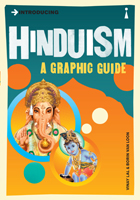
9781848310650 - Introducing Keynes
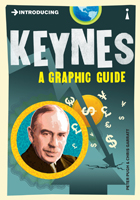
9781848314061 - Introducing Infinity
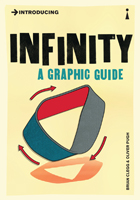
9781848311770 - Introducing Plato
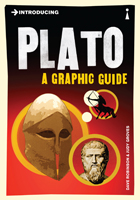
9781848311787 - Introducing Romanticism
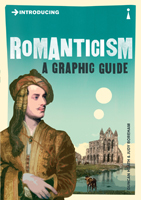
9781848316652 - Introducing Alain Badiou
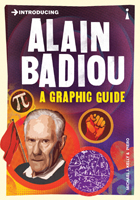
9781848312050 - Introducing Derrida
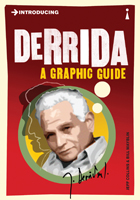
9781848311671 - Introducing Aesthrtics
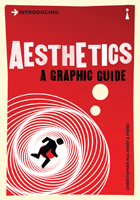
The Editing of Shakespeares Texts
The most important recent developments in Shakespeare studies have been in textual criticism and new editions. There are dozens of editions currently available, for no one edition is wholly adequate. In varying degrees, they present themselves as both accessible modern versions and historical documents, as both performance scripts and reading texts.
These editorial problems recently came to a head with the convincing demonstration that the Quarto and Folio texts of King Lear were effectively different plays whose conflation into a single version was a hangover from 18th-century editorial practice that assumed they shared a single source. To much controversy, Stanley Wells and Gary Taylors edition of the Complete Works published by the Clarendon Press, Oxford in 1986 printed the two versions of Lear separately (one a History, the other a Tragedy). This followed a debate described by Gary Taylor and Michael Warren in The Division of the Kingdoms (1983) and summarized by Gary Taylor in Reinventing Shakespeare (1990).
The History of King Lear is derived from a Quarto edition of 1608; The Tragedy of King Lear from the Folio text (1623). Shakespeare appears to have been in the habit of tinkering with his work, as the different texts of Othello, for example, show. But with Lear, the argument is that the Tragedy is not simply a light revision of the earlier History, but a substantial rewrite: in effect, it is a new play. In addition to many minor revisions, the Tragedy cuts the mock trial, develops the characterization and charisma of Goneril, reduces the role of Albany and rewrites much of Kents part. The overall effect is to excise moral commentary and darken the play, and to strengthen the roles of Cordelia and Edgar. The Tragedy, dated to 1609-10, can be grouped with late plays like Cymbeline.
The mistake of editors has been to conflate the two, and invent a hybrid third version that Shakespeare never composed and that the Kings Men never acted, but which has been read and acted regularly in the past century or so. It is worth remembering that when John Keats inscribed his sonnet On sitting down to read King Lear once again into his edition of Shakespeare, he was reading a different Lear to the version we read today. He possessed a facsimile of the Folio edition, and would therefore have read the text of the Tragedy, which until recently was rejected as inadequate and incomplete.
So, the case of the two Lears raises important editorial questions. Keats was specifically reading and re-reading the Tragedy. From the 1590s onwards, the sale of Quartos had ensured a reading audience for Shakespeare, alongside the performances. With the publication of the First Folio - and then the closing of the theatres under Cromwell - Shakespeares survival was as much due to being read as it had been to being played. By the 18th century, only heavily rewritten adaptations were performed at the theatre, and editions were marketed to readers who would read in private.
Samuel Johnson (on Lear again): I was many years ago so shocked by Cordelias death, that I know not whether I ever endured to read again the last scenes of the play till I undertook to revise them as an editor."
There may be many Shakespeares, but from the scholarly debates, two identifiable traditions emerge: one in which his work is played before an audience, and one in which it is silently read. The Wells and Taylor edition, with its two Lears, is a brilliant work of theatre scholarship. It endeavours to print the most theatrical version of each play in other words, the version closest to that which would have been played in Shakespeares time. But in doing so, it erases generations of critical finessing which has arrived at texts that might be the product of dozens of editors and critics, effectively collaborating over generations. This minute and protracted attention has helped to create the language of literary expression, and even, according to some critics, enabled the human to fully realize itself. So we need two editions: a performance text and a reading text. The current Oxford edition is perhaps the definitive example of a performance text the most reliable account of how Shakespeare was probably performed in his lifetime. For a reading text cultivated by critics, the individual Arden plays (currently in their third edition) remain the most comprehensive, and the Riverside the most convenient. All direct quotations in my text are taken from

